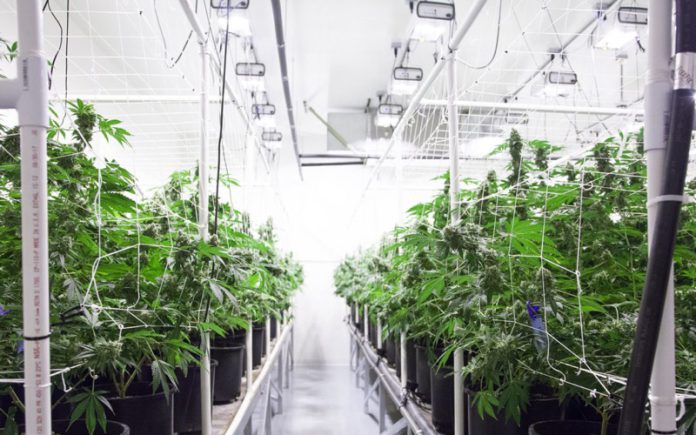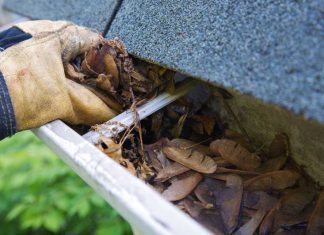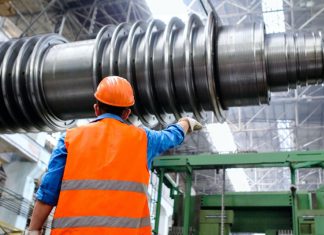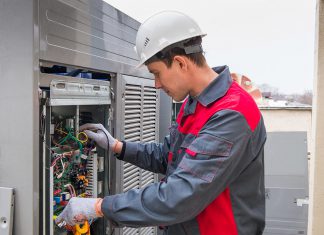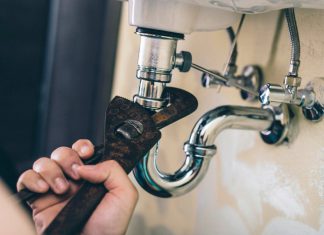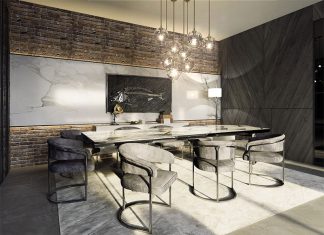Designing an indoor grow space for your plants takes quite a bit of planning and investment. Yet, it’s an extremely exciting process since you get to visualize the growing environment in any way you deem fit.
Generally, first-time growers tend to get tangled up in the design process and it’s completely understandable. After all, you aren’t only designing the room space – you are also creating a functional ecosystem.
We are going to show you some of the most important things to keep an eye on to help you start off on the right foot.
Create a Light-Proof Environment
One of the first things you have to do is to make sure that there is absolutely no light entering your grow room.
Block off any small windows or natural light sources since they can only stress the plants and interfere with the growth process.
Using reflective sheeting is the best option since it keeps natural light out of the setup, but you can use pretty much anything as long as it’s 100% light-proof.
Install Proper Ventilation
Creating a well-ventilated area is a must for indoor growing since it prevents mold and mildew. A common practice among growers is to include a fan that controls the temperature and provides moving air.
Also, you need to make sure that hot air is being pumped out of the room. Installing a ventilation system will help you minimize heat and control humidity.
Depending on your layout, you may need to cut a hole somewhere in the room to establish ventilation.
We also recommend using ducting and carbon filters to additionally manage airflow. Plus, it can also help you minimize scent.
Don’t Forget the Walls
Not all growers have a huge space available to create a growing room. This is why it’s important that you maximize the utility of the space that you do have.
This includes applying reflective material on the walls to take full advantage of both space and light in the grow room. The most commonly used reflective material is Mylar paper and reflective bubble insulation.
Panda Paper is also a nice choice since it can help you bounce back light onto your plants. The main goal behind reflective material is to make sure that no light goes to waste; it should all be concentrated on the plant.
Incorporate an AutoPot System
Getting an AutoPot system is one of the most important steps when designing your grow room – especially if you are a beginner.
AutoPots are a nice investment since they are budget-friendly, simple to use, and cheap to run. They don’t use any power which makes them infinitely expandable.
They work as a cultivation system by using gravity pressure to provide your plants with water. Due to the special kind of float valve, the tubs get refilled as soon as they go dry.
The reason why they are great for first-time growers is that they require minimal interaction. All you have to do is refill the reservoir when you see it getting empty. This also buys you more time to inspect and prune your plants.
AutoPot systems are basically flood-and-drain systems, but with superpowers.
Set Up a Timing System
In indoor growing rooms, time is of the essence.
You will need to invest in a few electric devices that can be turned on/off when you set them. To make sure they are working properly, you will also need a timer system.
A full controller system that gives you the ability to control everything in a single system is the best option.
Place the timing system in a reachable place but make sure you keep the cables in order.
Getting a fire extinguisher is a good idea just to be completely safe in case any problems occur.
